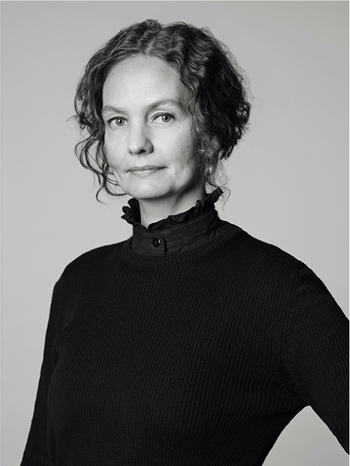Empire
A Swedish Silver and Glass Table Centerpiece, mark of Gustaf Folcker, Stockholm 1821
Oval on paw feet, with a handle, four glass bottles with silver lids, decorated with leaf cuts and birds. Height 34 cm. Weight without bottles 788 grams.
The perforated lids stamped Folcker 1821, the other two with Swedish stamps 1834.
Nagg. Otherwise minor wear and dents.
Designer
The Empire style lasted roughly between 1810 and 1840 and is primarily considered an interior design style. The style is characterised splendor and pomp and is sometime known as imperial. The French empire is often associated with Napoleon Bonaparte of France who was highly interested in ancient Rome and its attributes. Egyptian elements with sphinxes, palmettes, eagles, griffins, and masks were common as decorative elements. The most common wood was mahogny and burnished gilding was popular. Chiffonier were popular furniture items during the empire and seated durnitres were dressed in light, bright colours. The 1830-40s is known as the Late Empire and was more bourgeois. In Germany and Austria, the style was known as biedermeier and was identified by furniture with softer lined made out of birch. The Empire style came to Sweden with Jean Baptiste Bernadotte (King Karl XIV Johan) afterwhich was known as "Karl Johan". The Swedish style was lighter and less majestic.
Read more








































